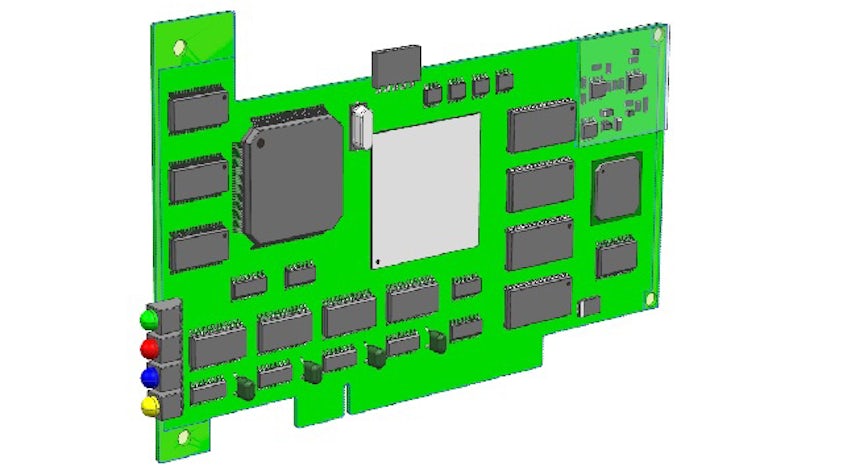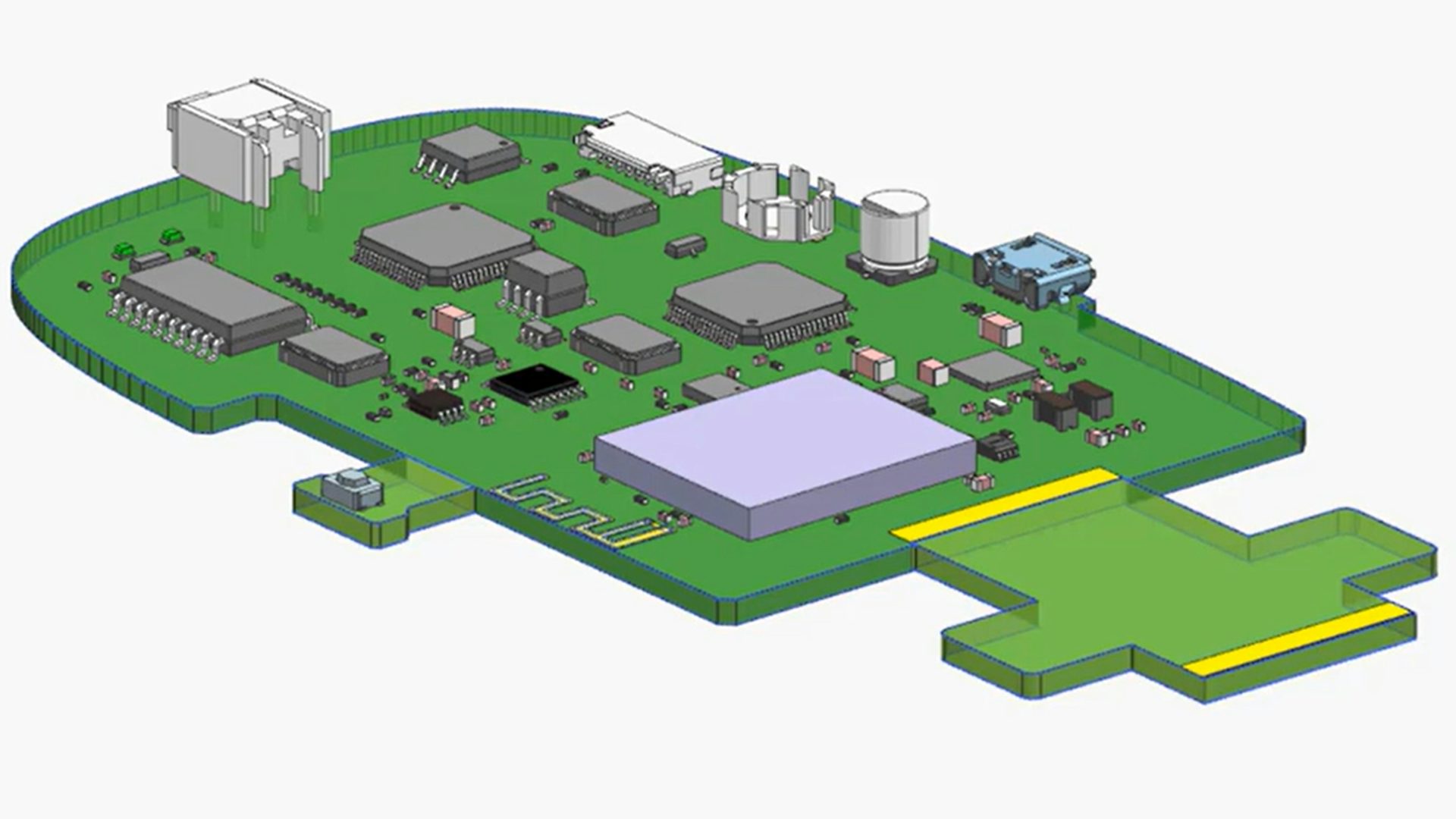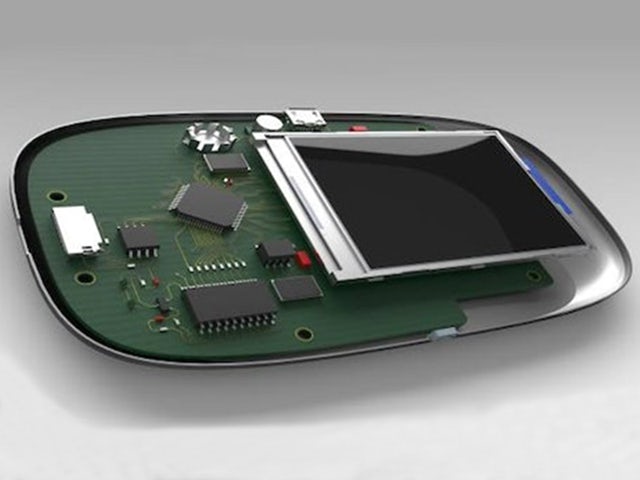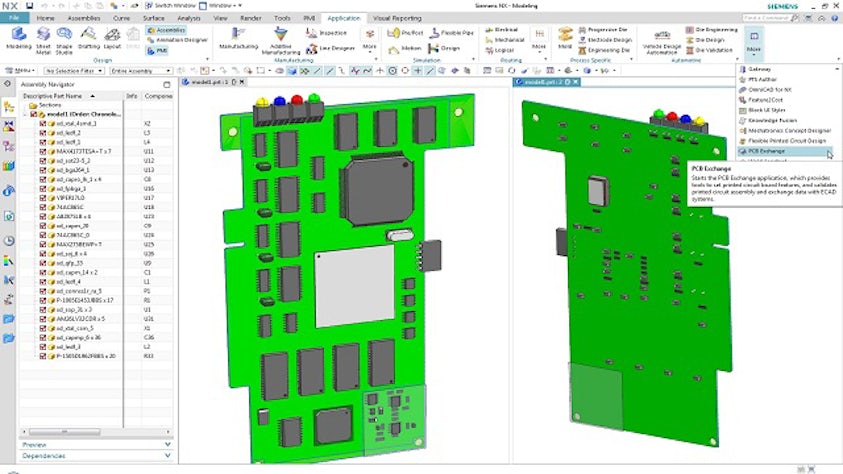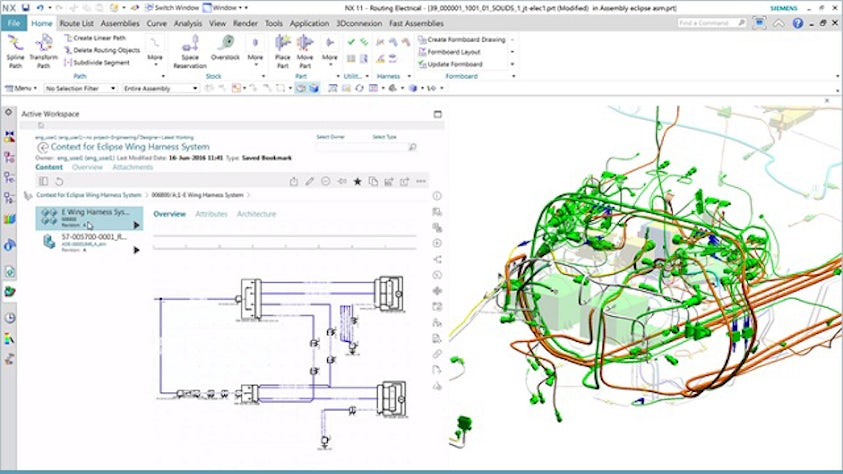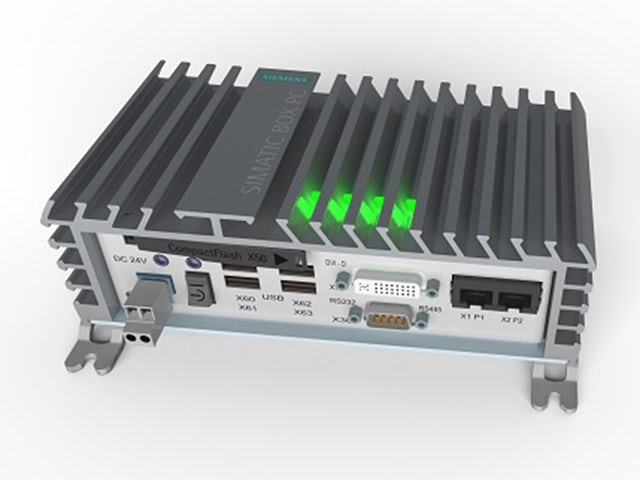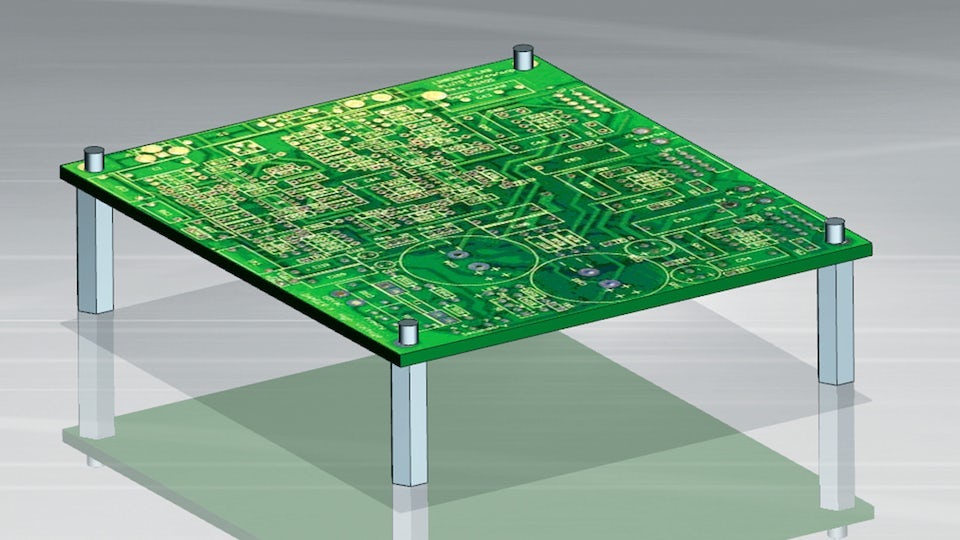Manage and support design collaboration. During design product development, there is a need to communicate between different applications to keep the digital twin or seamless digital thread as a single point of truth.
Full rigid-flex collaboration is possible, giving both MCAD and ECAD domains the same view of the PCB in both the flat and the formed states. Not only can you collaborate, but you can review and validate that information. You can then push that data into the manufacturing realm, where you can reread that data to NX as the manufacturing output is created. This can be used for jig manufacture, test equipment or just downstream documentation.
